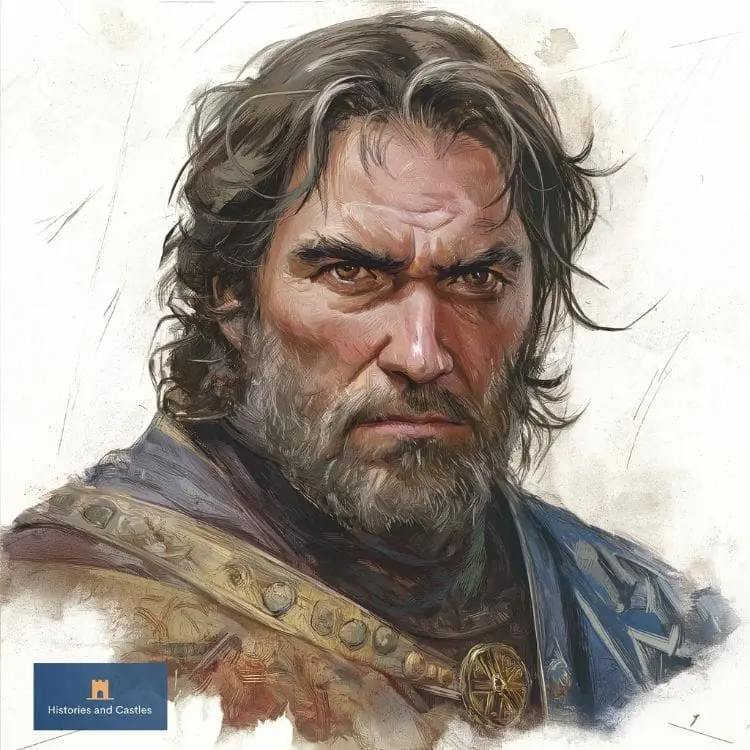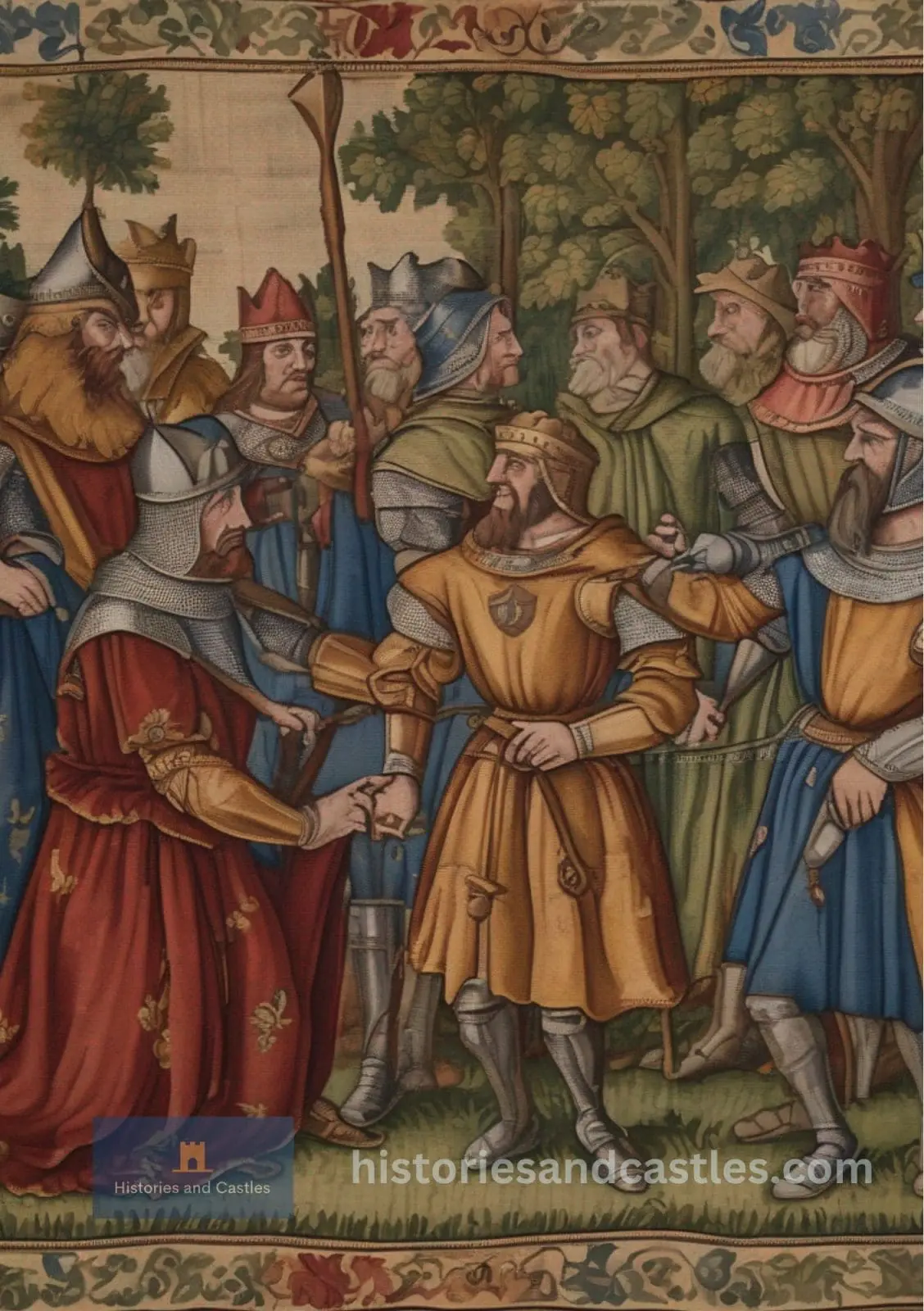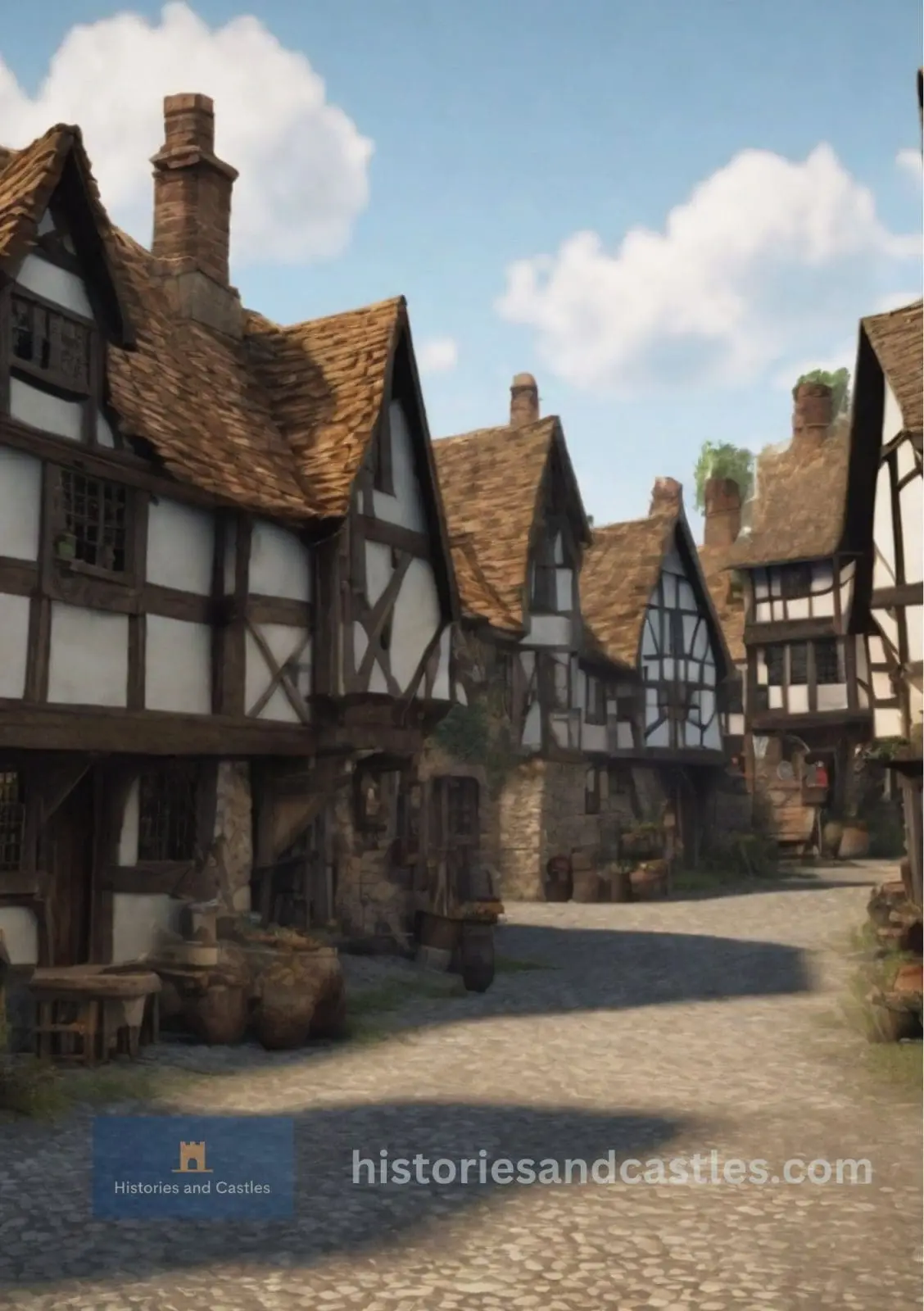Your basket is currently empty!
medieval
-

Llywelyn the Great: The Welsh Prince Who United a Nation
This article explore Llywelyn ap Iorwerth, known as Llywelyn the Great, one of the most influential…
-

The Middle Ages in Wales
The Middle Ages, also known as the Medieval period, spans over a thousand years of British…
-

The Middle Ages: The Time Period Between Classical and Modern
The social structure and cultural norms in Europe during the Middle Ages played an integral role…
-

The Middle Ages in England
The Middle Ages in England span from around 500-1500 AD, covering over 1000 years of English…







